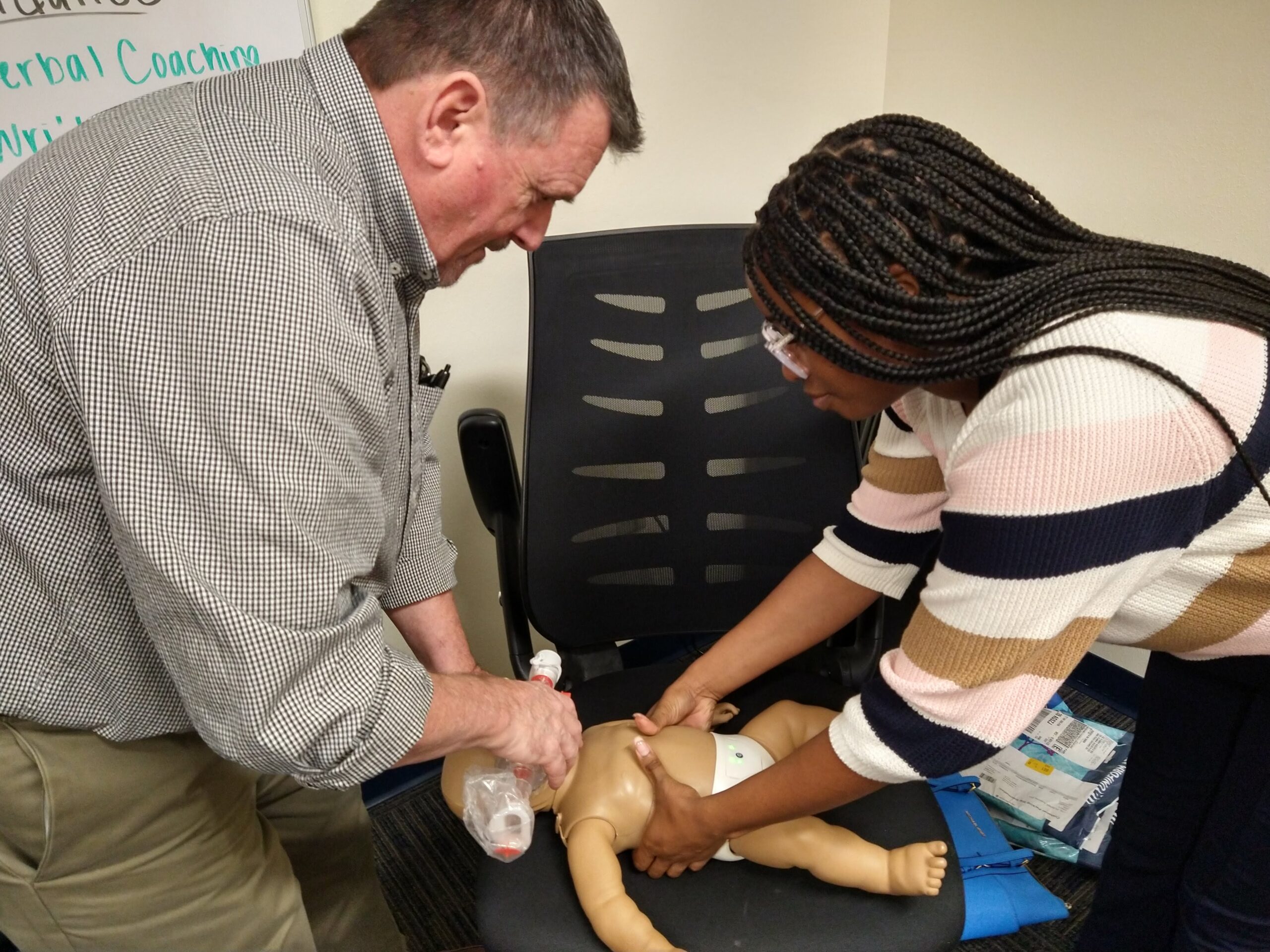CPR vs BLS Is there a difference?
CPR – Cardiopulmonary Resuscitation
CPR coursework for the layperson, or non-professional rescuer, covers a broad range of basic life saving procedures. It typically covers the following basic details:
First aid basics
Injury and environmental emergencies
Preventing illness and injury
Adult and child choking procedures
Basic adult and child CPR and AED use
Different classes are designed for different needs and requirements.
For instance, there are basic CPR courses that do not even offer certification. These are ideal for the layperson who does not need to obtain knowledge of life-saving techniques for their profession, but choose to do so for personal reasons, such as new parents.
CPR vs BLS Is there a difference?
For those who do require certification, such as individuals working in childcare, there are in-person or online classes available.
The Online Option
This is an ideal option for busy professionals who simply do not have the time or the budget to attend training in a traditional classroom setting.
In many cases, someone who is required to become CPR certified may choose instead to pursue their BLS certification because it is a much more complete and comprehensive option.
Figuring out which coursework is right for you will ultimately depend on why you are taking the class and how you will be applying the knowledge and experience you gain as a result.
One common challenge for people who are seeking their CPR certification face is figuring out the difference between BLS and CPR.
In terms of a medical emergency, BLS (which stands for Basic Life Support) typically involves care that falls outside the scope of something one would learn in a general CPR course.
This might include things like administering oxygen, team approach, and in-hospital procedures.
In the context of a healthcare certification class, a course noted as “BLS” is usually indicative that it’s geared more toward professional rescuers, like nurses, paramedics and lifeguards, as opposed to those seeking general CPR knowledge.
There are a variety of different ways one can become certified in either BLS or CPR, with the former being available through local community organized classes.
It’s also possible to obtain either certificate online via distance learning and remote testing. Both CPR and BLS classes are typically modeled after guidelines proposed by the American Heart Association (2015 AHA Update).
BLS – Basic Life Support
BLS—Basic-Life-Support-
There are several concepts covered in BLS classes and certifications which are typically required for professional rescuers, including those that address certain unique situations such as pre-hospital and in-hospital care. The core curriculum covered in most BLS classes includes, but is not limited to the following:
BLS Algorithms for infants, children and adults
Choking for all ages
Ventilation techniques
Effective resuscitation procedures
Use of automatic external defibrillator
Team Dynamics
CPR vs BLS Is there a difference?
—
Conclusion
In most cases, if medical certification is required for work purposes, your employer will advise you on precisely what type of certificate you need to obtain. Additionally, both the CPR and the BLS certifications do expire every couple of years, so regular recertification will also be required. This too can be handled entirely online.


